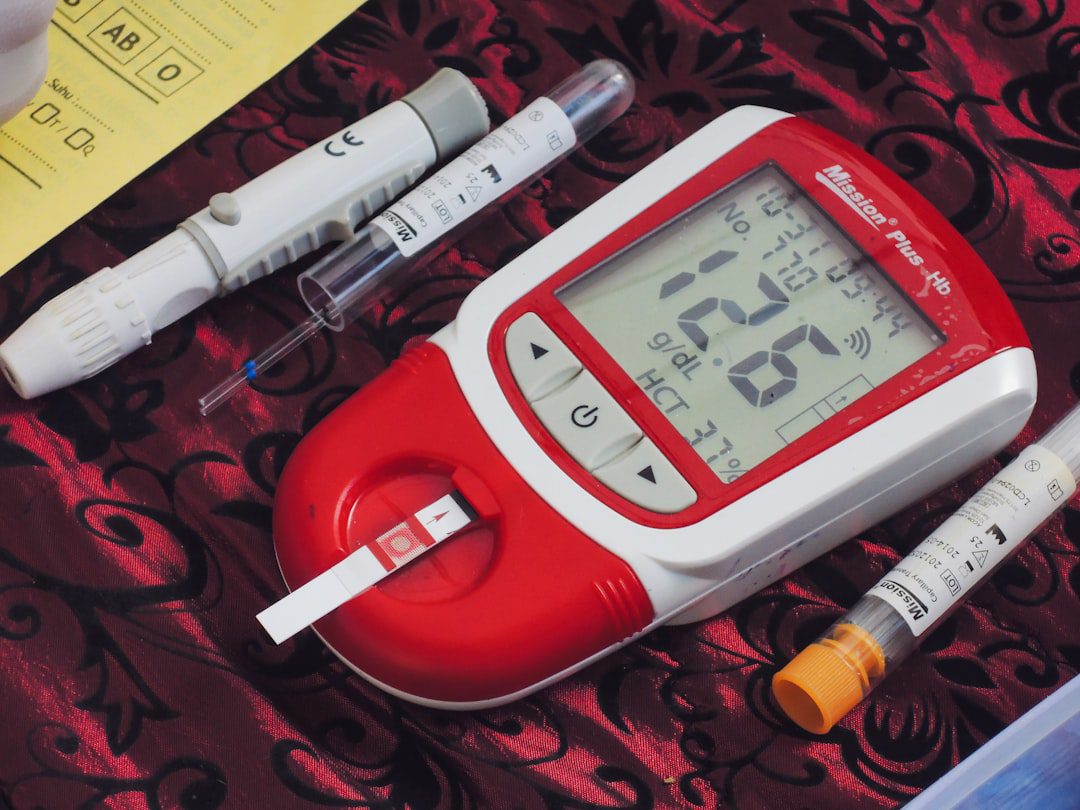
What Happened: Baxter Infusion Pump Early Alert
The FDA has issued an Early Alert regarding a safety issue with Baxter infusion pumps as part of its Communications Pilot to Enhance the Medical Device Recall Program. This alert represents a significant shift in how the FDA communicates device safety issues to healthcare providers and manufacturers, moving toward more proactive and transparent communication strategies.
Understanding the FDA’s Communications Pilot Program
The Communications Pilot to Enhance the Medical Device Recall Program marks a transformative approach to device safety communications. Unlike traditional recall notices that often come after extensive internal review processes, Early Alerts are designed to provide immediate notification of potential safety concerns while investigations are still ongoing.
Key Features of Early Alerts:
- Rapid Communication: Faster dissemination of safety information to stakeholders
- Proactive Approach: Alerts issued before formal recall determinations
- Enhanced Transparency: More detailed information sharing during investigation phases
- Stakeholder Engagement: Improved coordination between FDA, manufacturers, and healthcare facilities
Why This Matters for Medical Device Manufacturers
The introduction of Early Alerts fundamentally changes the regulatory landscape for medical device manufacturers. This pilot program signals the FDA’s commitment to accelerating safety communications and may become a permanent feature of the recall program.
Immediate Implications:
Accelerated Response Requirements: Manufacturers must be prepared to respond more quickly to FDA inquiries and provide comprehensive safety data on shorter timelines. The traditional buffer period between safety issue identification and public disclosure is shrinking.
Enhanced Scrutiny: Early Alerts increase public and regulatory visibility of safety issues, potentially leading to greater scrutiny of companies’ quality management systems and post-market surveillance activities.
Reputational Considerations: Public Early Alerts may impact market perception before manufacturers have completed their own investigations, making rapid, transparent communication strategies essential.
Critical Actions for Compliance Teams
1. Update Post-Market Surveillance Protocols
Review and strengthen your post-market surveillance systems per ISO 14971 and FDA’s post-market requirements. Ensure your team can rapidly identify, assess, and report safety signals that could trigger Early Alerts.
2. Enhance Internal Communication Systems
Establish clear escalation procedures for safety issues that ensure cross-functional teams (regulatory, quality, legal, and executive leadership) can coordinate responses within hours, not days.
3. Prepare Rapid Response Documentation
Develop template responses and pre-approved communication strategies for various safety scenarios. Having these materials ready can significantly reduce response time when Early Alerts are issued.
4. Review Customer Communication Protocols
Ensure your customer notification systems can handle accelerated timelines. Healthcare facilities need clear, actionable guidance when Early Alerts affect devices in their inventory.
Strategic Recommendations
Proactive Quality Culture: Foster a culture where safety concerns are escalated immediately rather than being subject to lengthy internal review processes. The new FDA approach rewards transparency and rapid response.
Regulatory Intelligence: Monitor the Communications Pilot program closely. Early adopters who understand and adapt to these new communication patterns will have competitive advantages in regulatory interactions.
Stakeholder Engagement: Strengthen relationships with key customers and healthcare partners. Early Alerts may increase their scrutiny of your quality systems and communication practices.
Looking Forward
The Baxter infusion pump Early Alert is likely just the beginning of this new communication paradigm. Medical device manufacturers should expect more frequent, detailed, and time-sensitive communications from the FDA as this pilot program evolves.
Companies that adapt quickly to these changes—by strengthening their surveillance systems, improving response capabilities, and embracing transparent communication—will be better positioned to navigate the evolving regulatory landscape successfully.


No comments yet. Be the first to comment!